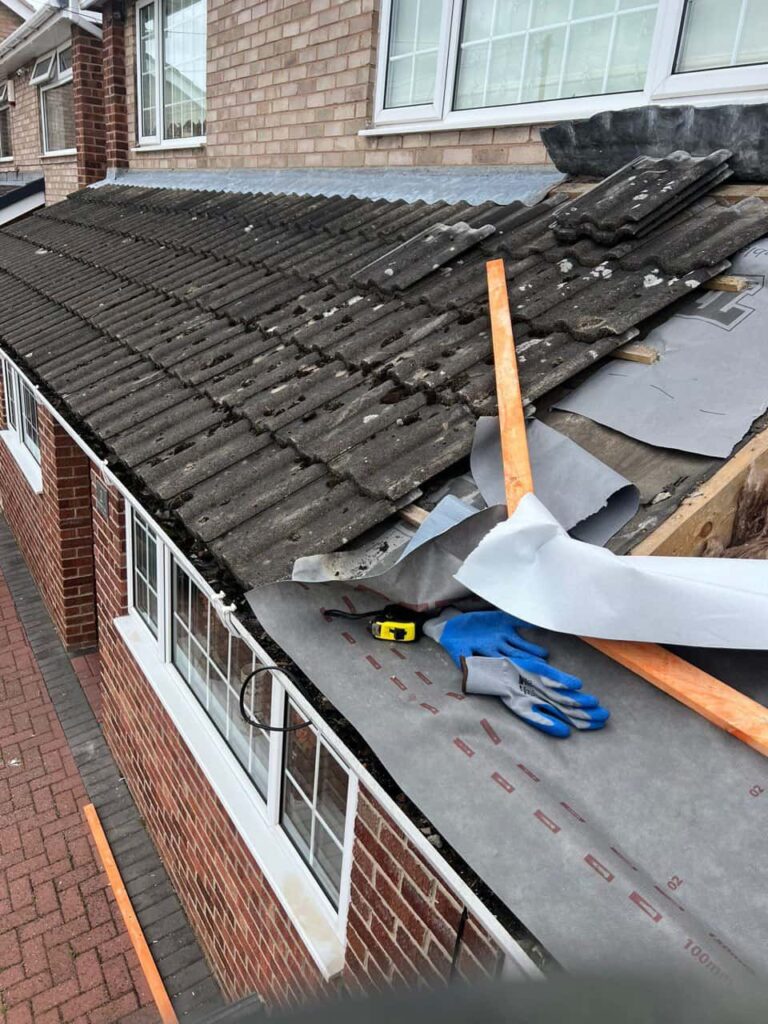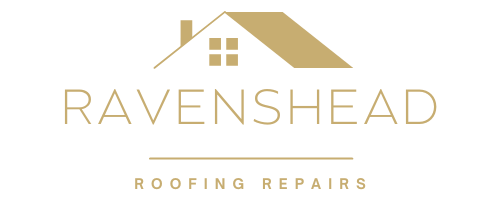Introduction: Regarding sustainable building practices, flat roofing systems are emerging as a frontrunner in environmentally friendly construction. Beyond their aesthetic appeal and practicality, flat roofs offer many environmental benefits contributing to a greener, more sustainable future. In this blog post, we’ll delve into the environmental advantages of flat roofing systems and why they are becoming increasingly popular among eco-conscious homeowners and property developers.
Energy Efficiency:
- When properly insulated, flat roofing systems can significantly improve a building’s energy efficiency by reducing heat loss in winter and heat gain in summer. Flat roofs help maintain stable indoor temperatures by providing a continuous thermal barrier, reducing reliance on heating, ventilation, and air conditioning (HVAC) systems. This results in lower energy consumption, reduced greenhouse gas emissions, and lower utility bills, making flat roofs an eco-friendly choice for sustainable building design.
Urban Heat Island Mitigation:
- The large surface area of flat roofs presents an opportunity to mitigate the urban heat island effect, where cities experience higher temperatures due to the absorption and retention of heat by buildings and pavement. Flat roofs with reflective or cool roofing materials help reduce solar heat gain, lower ambient temperatures, and decrease the demand for air conditioning, alleviating the heat island effect and enhancing urban comfort.
Stormwater Management:
- To effectively manage stormwater runoff, flat roofs can be designed with green roofing systems, such as vegetative roofs or rainwater harvesting systems. Green roofs absorb and retain rainwater, reducing the volume and velocity of runoff, alleviating strain on municipal sewer systems, and minimising the risk of urban flooding. Additionally, green roofs improve water quality by filtering pollutants and promoting natural evapotranspiration.
Biodiversity and Habitat Creation:
- Green roofing systems on flat roofs provide valuable habitat and forage opportunities for birds, insects, and other wildlife in urban environments. Vegetative roofs support biodiversity by providing food, shelter, and nesting sites for native plant species and pollinators, contributing to urban ecological resilience and enhancing urban biodiversity corridors.
Carbon Sequestration:
- Plants on green roofs act as carbon sinks, sequestering atmospheric carbon dioxide (CO2) through photosynthesis and storing it in biomass and soil organic matter. By incorporating green roofing systems into flat roofs, buildings can help offset their carbon footprint and mitigate climate change by capturing and storing carbon emissions from the atmosphere.
Conclusion: Flat roofing systems offer many environmental benefits, making them a sustainable choice for modern construction projects. From energy efficiency and urban heat island mitigation to stormwater management, biodiversity enhancement, and carbon sequestration, flat roofs promote environmental stewardship and create healthier, more resilient cities. Whether you’re a homeowner, property developer, or building manager, consider the environmental advantages of flat roofing systems when planning your next construction or renovation project.
Call us on: 01623 700 893
Click here to find out more about Ravenshead Roofing Repairs
Click here to complete our contact form and see how we can help with your roofing needs.

